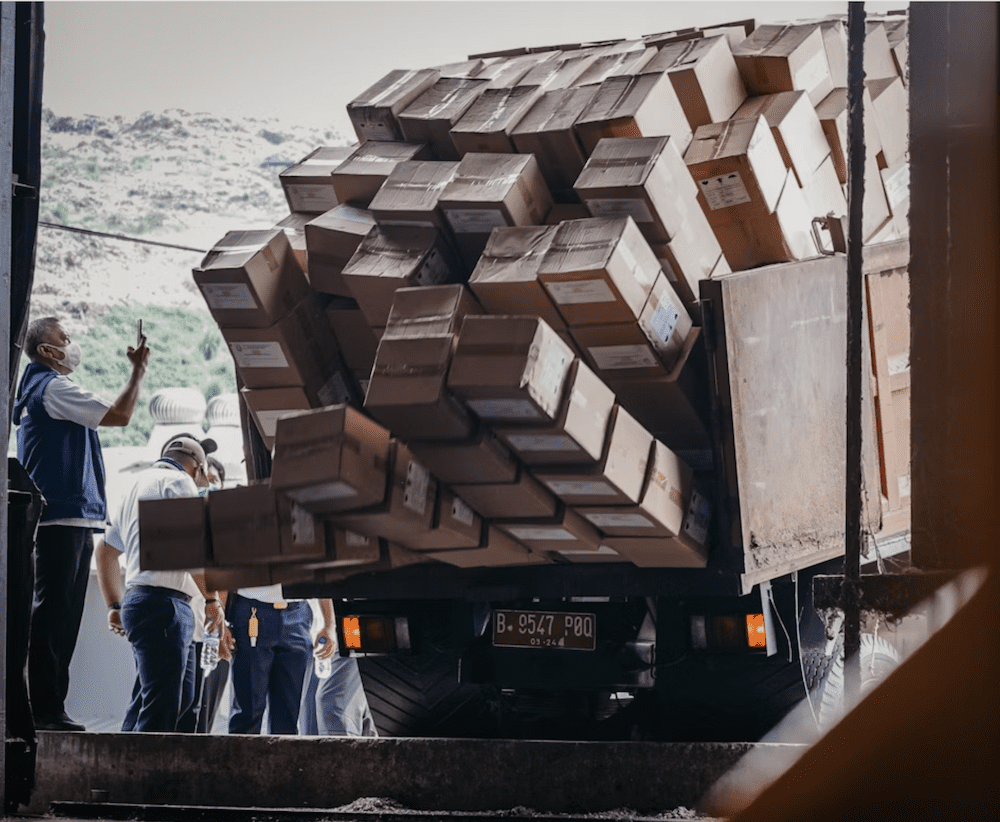
Safely hauling reclaimed materials is the foundation of sustainable design. Every board, beam, and window you recover has creative potential, and how you haul it determines whether it arrives ready to reuse or ends up damaged. This keeps usable resources out of landfills and helps your creativity thrive responsibly.

Understanding Insurance for Safely Hauling Reclaimed Materials
Not every auto policy covers what you’re hauling. Supplemental cargo insurance bridges the gap if your reclaimed wood, old windows, or metal scraps cause damage or injury. Commercial coverage is vital if you’re transporting materials for profit. Review your policy for exclusions related to poor tie-downs or overloaded vehicles. Checking coverage beforehand keeps your sustainability mission on the road.
What to Do After a Spill or Accident While Safely Hauling
Even if insured, you might still face blame for an unsecured load. Photograph your packing setup, gather witness details, and file a report immediately. States like Kansas, Texas, and Oklahoma use comparative negligence laws, meaning both parties can share fault. As attorneys at OKC car crash law firm DM Injury note, insurers sometimes push back hard on shared blame in these cases.
Choosing the Right Vehicle and Gear for Safely Hauling Reclaimed Materials
The right setup makes your trips safer and more efficient. Open-bed pickups work for bulky materials, while enclosed trailers prevent lighter debris from escaping. Flatbeds are ideal for awkward or heavy pieces. Equip yourself with ratchet straps, high-quality tarps, and side rails to stabilize your load. Cargo vans keep everything enclosed but limit length—always match your vehicle to the type and size of materials you’re hauling.
Securing Reclaimed Materials Without Damage
Proper tie-downs protect both you and your cargo. Ratchet straps do the main work, while bungee cords or ropes can help lock smaller scraps in place. Reclaimed wood can splinter; salvaged glass chips easily. Use blankets or foam for padding and recheck every anchor point before you drive. Safely hauling reclaimed materials means taking time to preserve the beauty and function of every salvaged find.
Weight Distribution Tips for Safely Hauling Reclaimed Materials
Good balance prevents shifting and improves handling. Keep heavy items low and near the cab. Spread weight evenly across the bed to maintain traction and control. Before driving off, double-check your load stability and follow these tips:
- Keep weight low and centered
- Avoid stacking too high
- Secure each section separately
- Test for movement before departure
Flagging Overhangs and Following Load Laws
If anything extends beyond your vehicle’s edges, it needs to be marked. Use bright flags by day and red lights at night. Local rules on overhang limits vary, so check before loading. Following these regulations keeps you safe and avoids fines that can eat into your project budget.
Community Safety and Responsible Upcycling
Every upcycler shares responsibility for the road. When you take the time to secure your load, you protect not just your project but everyone around you. Safely hauling reclaimed materials reflects care for both people and the planet. Small actions—like double-checking straps or flagging a long beam—show that sustainability and safety go hand in hand.
From Salvage to Showcase: Why Safely Hauling Reclaimed Materials Matters
Every upcycling success starts with a safe pickup. Proper planning ensures your reclaimed wood, glass, or metal reaches home intact and ready for transformation. A single unsecured board can ruin your project and waste valuable materials. By safely hauling reclaimed materials, you waste less, create more, and help build a culture of conscious reuse.
